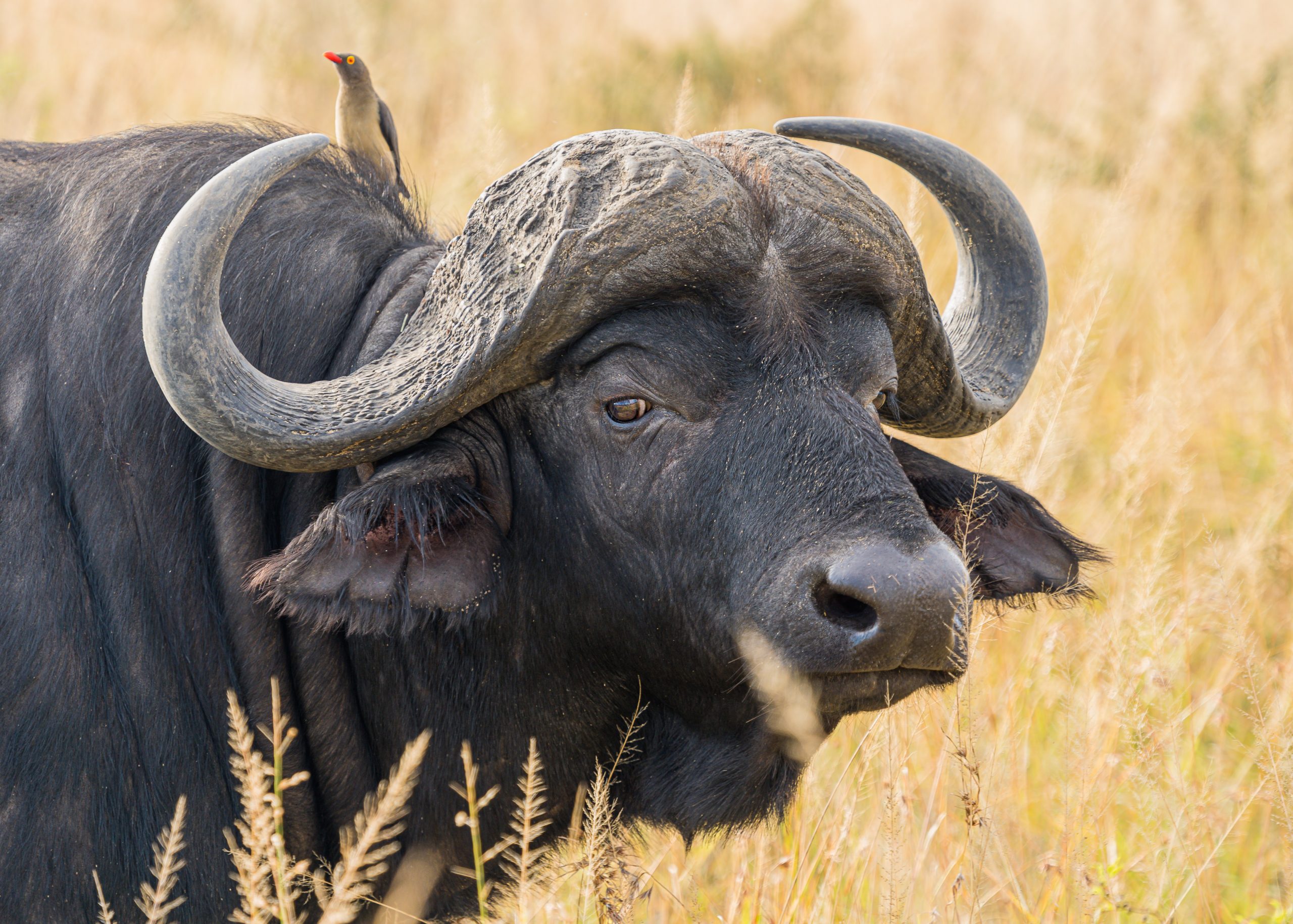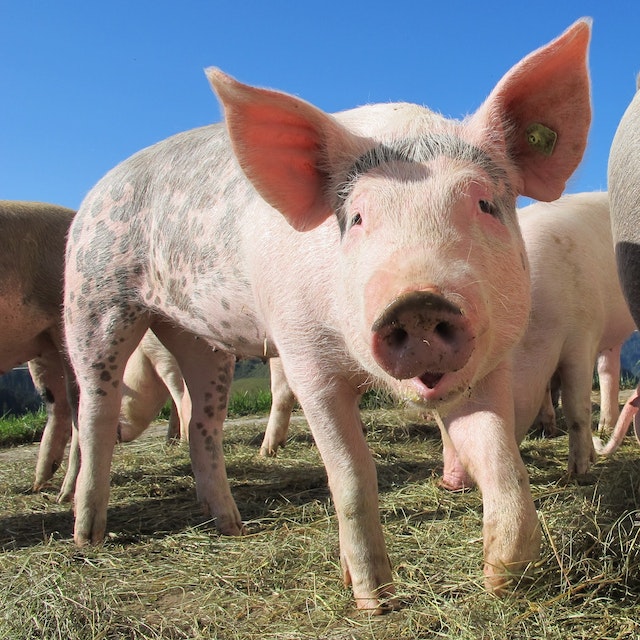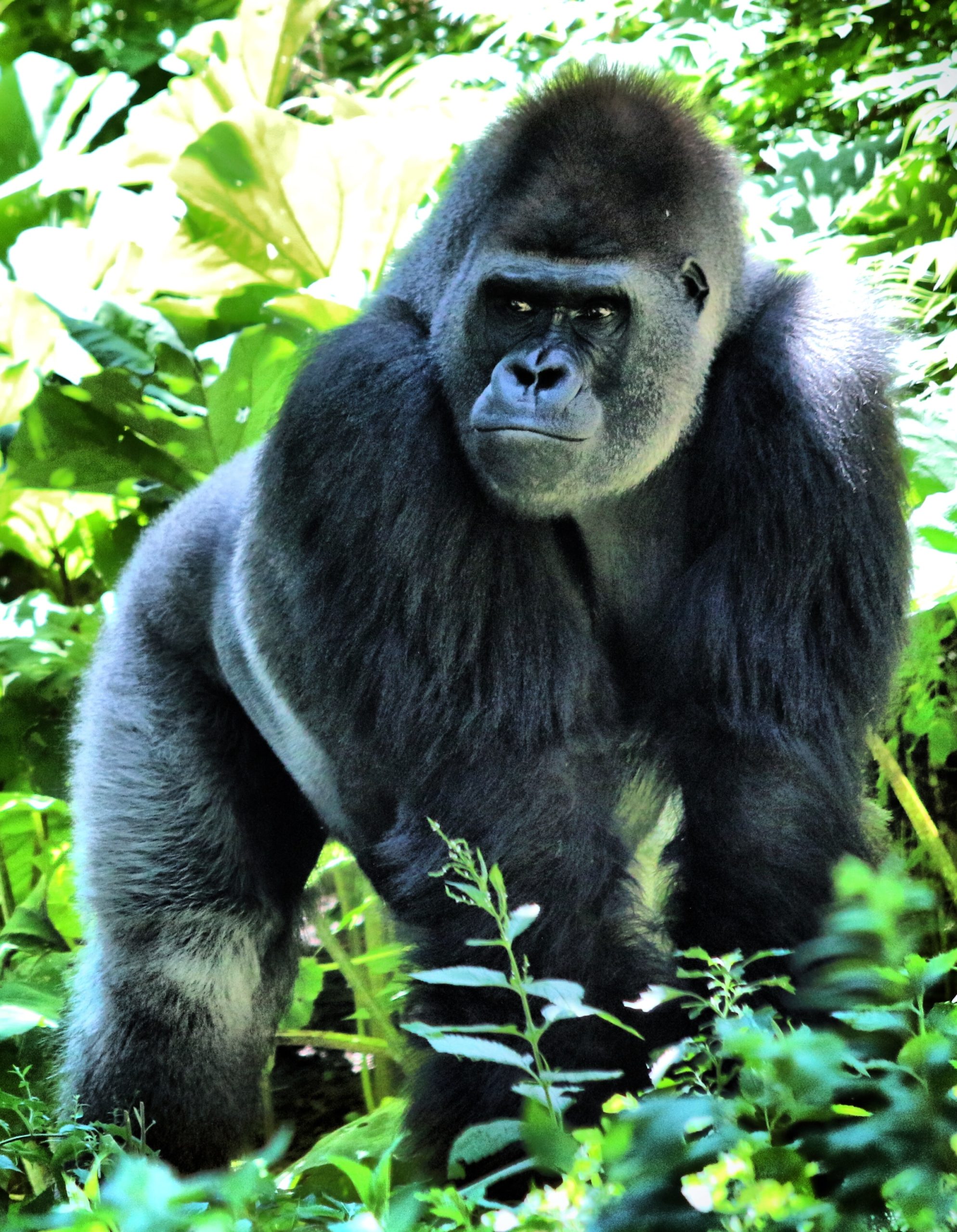Buffaloes are majestic creatures that roam the grasslands and forests of North America. Their imposing size and strength have made them a symbol of power and resilience, and their behavior and habitat have fascinated scientists and researchers for centuries. While buffaloes were once abundant throughout the continent, their numbers have declined significantly due to hunting, habitat loss, and disease. However, efforts are underway to protect and conserve these magnificent animals, and research is ongoing to uncover their natural habitat and behavior.
Buffaloes are herbivores, primarily feeding on grasses and other vegetation. They are typically found in open grasslands, forests, and wetlands, where they have access to water and food sources. During the summer months, buffaloes graze on grasses and other plants, while during the winter months, they may feed on shrubs and trees. Their diet varies depending on the season and the availability of food sources in their habitat.
Buffaloes are highly social animals, living in groups or herds that can number in the hundreds or even thousands. They have a strict social hierarchy, with dominant bulls leading the herd and protecting the group from predators. Female buffaloes, or cows, are the primary caregivers for their young calves, which are born in the spring and summer months. The herd will protect the young from predators, and the cows will nurse their young for up to a year.
Research into the natural habitat and behavior of wild buffaloes has been ongoing for decades. Scientists use a variety of techniques to study these animals, including tracking their movements using GPS collars, observing their behavior from a distance, and analyzing their DNA to better understand their genetic makeup. This research has helped to shed light on the complex social behavior of buffaloes, their role in maintaining healthy ecosystems, and the threats they face from habitat loss and other factors.
Efforts are underway to protect and conserve wild buffaloes, including initiatives to restore their natural habitat and reintroduce them to areas where they once roamed. The American Bison Society, for example, is working to restore wild bison populations in the United States, with the goal of creating self-sustaining herds that can help maintain the health of grassland ecosystems. Other conservation groups are working to protect the natural habitat of buffaloes, including grasslands and wetlands, and to reduce the impact of human activities on these areas.
In conclusion, the natural habitat and behavior of wild buffaloes is a fascinating subject of study and research. These majestic animals play a vital role in maintaining healthy ecosystems and are an important symbol of North American heritage and culture. While their numbers have declined in recent centuries, efforts are underway to protect and conserve these animals, and ongoing research is helping to shed light on their behavior, habitat, and role in the natural world. By working together to protect and conserve these animals, we can help ensure that future generations can appreciate their beauty and importance.










